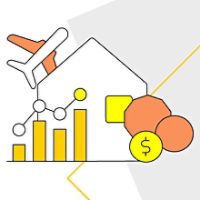In May, the strongest spending gains were in the Motor Vehicle (+1.5 per cent), Household Services (+1.2 per cent) and Health (+1.1 per cent) categories, while Utilities (-1.1 per cent) and Education (-0.5 per cent) fell during the month.
“The consumer spending rebound is unfolding at a slower rate than we expected, which could be the result of scarring from a loss of real household income post-COVID, and the impact of global uncertainty caused by trade tensions,” said Belinda Allen, Senior Economist at CBA.
“We are seeing some green shoots however, as our insights suggest households are using money saved from energy rebates and lower petrol prices to enjoy themselves by dining out and spending on experiences.”
“We expect to see a pickup in household spending in the second half of the year, and while our base case remains for the first RBA cash rate cut to come in August, the balance of probabilities is shifting towards July and will depend on upcoming CPI and labour market data.”
The May report also showed that those with a mortgage (+3.3 per cent) and renters (+2.3 per cent) outspent those who own their home outright (+0.3 per cent) showcasing the impact of interest rate cuts and slowing rental increases on spending flexibility.
“It’s interesting to see the home ownership leaderboard flip in May, as those who own their home outright may be more likely to be concerned about the impact of lower interest rates and market volatility on superannuation balances, and curbing their spending as a result,” concluded Ms. Allen.
The CommBank HSI Index tracks month-on-month data at a macro level and is based on de-identified payments data from approximately 7 million CBA customers, comprising roughly 30 per cent of all Australian consumer transactions.


